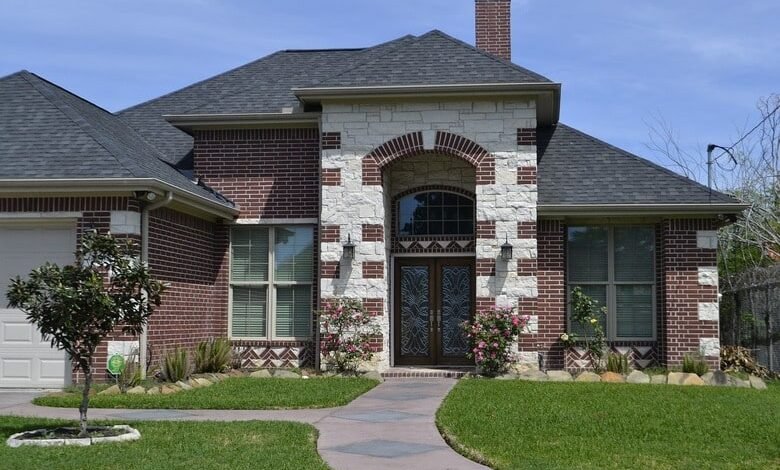7 Garden Landscape Design Ideas for Beginners

The number of choices may seem a little overwhelming if this is your first time attempting garden landscape design. Where should the plants be put, and which ones? Which are better, curved or straight bed lines and routes? How about adding elegant chairs, eye-catching pots, and flowerpots to attract a variety of wildlife?
Consider your yard as you would a room within the home since many of the same rules that govern how you set up rooms inside also apply to how you create spaces outside. These are eight factors to take into account as you begin your new project.
1. Evaluate the Landscape Requirements and Preferences
Establish a list of your requirements. Does your child need a play space? Would you like to raise vegetables? Would your family like to assemble around a campfire table on a patio? For newbie landscape designers, this is a great organisational method: do some very simple drawings of your yard with ideas for the positioning of different features. Not all of them have elaborate plans. Experimenting with ideas doesn’t require a lot of time or effort. Visit landscape design Alpharetta GA for exquisite and creative landscaping.
2. Think About the Themes
A theme that unites your landscape may aid in your decision-making regarding the plants and architectural materials you use. Themes can be as simple as using repeated patterns in the shapes or forms of your yard, or they can be as complex as creating an oriental or peaceful garden.
When selecting a theme for your yard, taking a look at the architecture of your home is a great place to start. Try to incorporate the lines and style of your home’s architecture into your lawn because it is a natural extension of your home.
Themes can have an impact on the positioning and choice of plants, decorations, hardscapes, and buildings. Do you favour a landscape with symmetrical, organised structures and shapes? Do you want softer edges and a more natural vibe in your space? Do you prefer a landscape to contain only a certain colour palette? You may choose a reasonable theme for your garden by posing these kinds of questions to yourself.
3. Think About the Venue
Analyse the patterns of the wind and sun. A patio on the west side of the house is a good concept, but in August, dinnertime can be difficult due to the patio’s accessibility to the afternoon light. Moreover, a breeze that whistles around a corner will quickly put out a fire pit. These are common landscape design mistakes made by beginners. Your design must take into account how the sun and wind behave at different times of the day and year when positioning patio furniture.
4. Spend Time Appreciating Your Surroundings
Too many hasty choices about your yard can lead to long-term issues. After spending more time outside, you’ll start to think of locations you wish to visit and outdoor seating areas. Choose patio tools and decor that may be used in various outdoor spaces.
5. Identify a Focal Point
A focal point or sequence of focal points is a key component of any successful garden maintenance Melbourne, and it’s a simple idea to implement. It can be a work of art, an impressive tree, or a collection of flora. Let the pattern guide your gaze throughout the scene.
6. Concentrate on Size and Pace
The most challenging garden landscape design fundamental for novices is scale and pacing, which provides your yard a polished appearance. Tall plants against buildings or at the rear of flowerbeds, as well as the paths that lead through the region, will all have different sizes, shapes, and colours.
It’s crucial to find a balance between recognisable aspects and novel ones. Something that is repeated develops consistency, but you don’t want it to get monotonous. A few irregularly occurring new elements are preferable to a steady supply of different elements.
7. Safeguard Your Resources
By choosing plants that require little water, limiting your water use, and choosing hardscapes that are environmentally friendly, you can help preserve and maintain your environment. Investigate your landscaping plants to determine whether they should really be removed or if they can be moved to a distinct area of your yard. When purchasing new plants, choose those that require the least amount of water, fertiliser, and pesticides.
When making landscaping changes, think about installing a rainwater collection system so you have a reliable source of irrigation water. With the right planning, a system like this could even be used as a stunning design element.
Using eco-friendly hardscapes and non-toxic paintings, stains, cleaners, and preservatives is another way to protect your natural resources. Consider recycling building materials as well; before you start the demolition process, consider what materials you could reuse, recycle, or incorporate into your new garden landscape design.
Unless you have a strong enthusiasm for it, be honest about what aspects of your garden maintenance Melbourne are working for you and what aren’t. When constructing a landscape, beginners must exercise patience.






